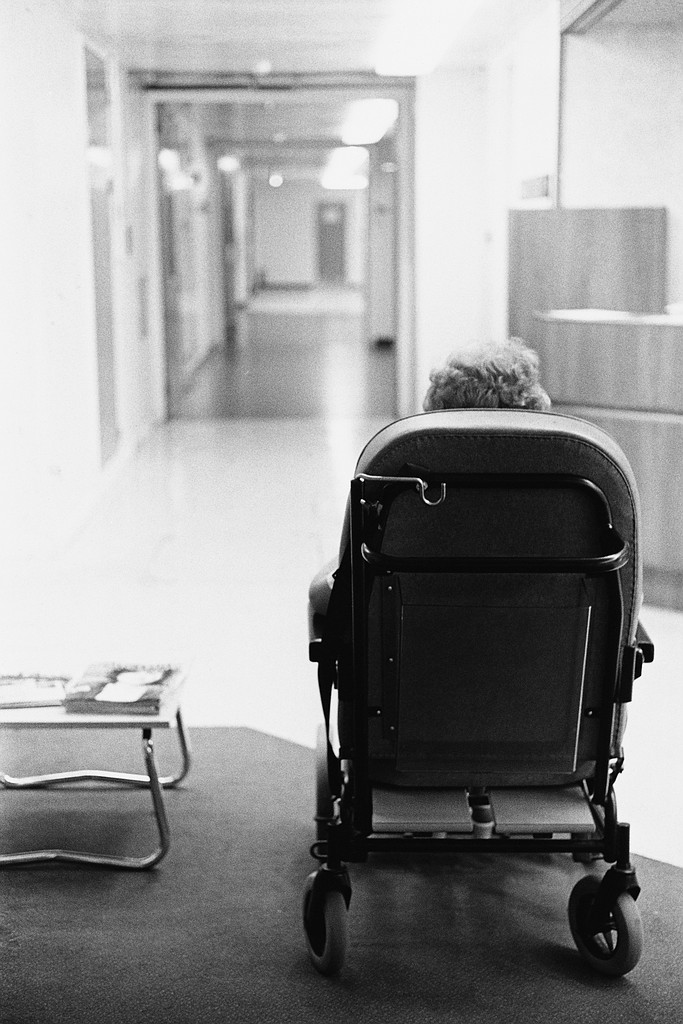
Few details are actually known about the proposed settlement of a nationwide class-action lawsuit against Medicare that would do away with the requirement to show a likelihood of medical or functional improvement before Medicare would pay for skilled services such as physical therapy. However, unless there is a monumental change in how we deliver skilled care to Medicare enrollees, there are two conclusions that I feel safe in making:
- More individuals will be using the Medicare Skilled Nursing (SNF) benefit at the end of life
- The ability to provide high quality palliative care to these individuals will be diminished
Why will more individuals use Medicare SNF Benefit at the end of life?
There will be little incentive to prevent more and more individuals with limited ability to improve with skilled care to move quickly from hospitals to SNFs. It is easier, quicker, and often feels “safer” to send someone to a SNF from a hospital than it is to spend hours on having difficult discussions about a patient’s end of life preferences and goals. And please make no mistake about it, this is a hospital to SNF problem, as SNF’s are the discharge pathway of choice for those at the end of life.
To highlight the magnitude of the problem, I’d like to share some of the findings of a recent study published by some of our GeriPal colleagues: Katherine Aragon, Ken Covinsky, MD, Yinghui Miao,
John Boscardin, Lynn Flint, and Alex Smith.
The authors of the study used data from Medicare claims and the Health and Retirement Study (HRS) to look at the prevalence of use of the Medicare SNF benefit in the last 6 months of life. Data from the 5,163 HRS respondents who were 65 years or older and had died between 1994 and 2007 revealed that:
- The vast majority (88%) of SNF stays originated from the hospital
- Nearly a third (31%) of decedents had used the SNF benefit in the last 6 months of life
- One in every 11 (9%) decedents died while receiving the SNF benefit.
The 1990’s showed a dramatic increase in SNF benefit at the end of life among community dwellers, increasing from 20% to 31%. Since then, things have been somewhat stable in regards to SNF use in the last 6 months of life, hovering in the low 30%’s.
Why will the ability to provide high quality palliative care to these individuals be diminished?
This one is easy. Most patients enrolled in the SNF benefit are not eligible to receive concurrent hospice care, and furthermore, they likely would not have access to any other form of palliative care.
Medicare regulations prohibit dual enrollment in both the SNF benefit and the hospice benefit for the same diagnosis. Occasionally individuals can receive both benefits if the SNF care is for a diagnosis unrelated to the hospice diagnosis, but this is a rarity. It also means that the hospice benefit will likely lose out if someone is considering which one to enroll in, as Medicare will pay for room and board with the SNF Benefit as well as reimburse the nursing home at a higher rate. No such luck with hospice care.
Data from the above study confirm this as they found:
- only 0.5% of all decedents were enrolled in hospice during their SNF stay, although 9% of decedents died while enrolled in the SNF benefit.
What about other forms of palliative care? This study does not address whether these patients were receiving other forms of palliative care, but it is unlikely considering the low penetrance of high quality palliative care into skilled nursing settings.
What Will Need to Be Done to Address this Problem?
Considering it is election season, I’m going to end this post with a simple two point plan. Presidential candidates, feel free to steal these ideas:
- Increase palliative care expertise in SNF’s by first passing the Palliative Care and Hospice Education and Training Act (PCHETA) into law
- Rethink whether the hospice benefit and the SNF benefit should continue to be mutually exclusive.
by: Eric Widera (@ewidera)



